Burlington, Ontario, has a reputation as a bicycle-friendly community and touts its cycling culture and silver rating from the Share the Road Cycling Coalition as proof. But is this reputation deserved? Take a closer look at what you can expect from the bicycle infrastructure in Burlington in terms of access, safety, and avoiding bike accidents.
Key Bicycling Infrastructure Investments in Burlington, ON
Bicyclists in Burlington benefit from significant investments in the city’s infrastructure.
These investments were designed to make the city more accessible and accommodating to bicyclists and include:
- 48 kilometers of bike lanes
- 11.7 kilometers of paved shoulders
- 47.3 kilometers of bike route streets
- 52.5 kilometers of road-adjacent, multi-use pathways
These and other features are just part of the reason Burlington advertises itself to visitors as a community that is welcoming to cyclists.
Features of Burlington’s Bicycle Infrastructure
If you are bicycling around Burlington, you will notice several features on the city’s roads that are designed for bicyclist comfort and safety. These features include:
Bicycle Lanes
Designated bicycle lanes on roadways give bicyclists space to ride alongside traffic without having to share a lane with motor vehicles. These lanes are meant only for bicyclists and those riding power-assisted bicycles. Motorists who illegally occupy or block bicycle lanes can face fines for doing so.
Cycle Tracks
Cycle tracks perform a function similar to bicycle lanes in that they give bicyclists a designated lane to use while traveling along a roadway. However, a cycle track goes a step further by placing a physical barrier between the lanes designated for motor vehicle traffic and those designed for bicyclists.
This further reduces the risk of a collision between a bicyclist and a car or truck.
Cross-Rides
Intersections can be dangerous places for bicyclists and motorists alike. At some intersections in Burlington, a designated cycle track merges in toward motor vehicle traffic and becomes a bike lane. This brings bicyclists in close proximity to cars and trucks, increasing the risk of a collision.
A cross-ride, however, is a separate designated pathway through intersections that bicyclists can use without leaving their bike-only spaces. This lane bends outward and away from motor vehicle traffic traveling in the same direction, which preserves the benefits of the cycle track.
Protected Intersections
Protected intersections continue to be rolled out in Burlington. These specially designed intersections maintain a physical barrier between bicyclists, pedestrians, and motor vehicle traffic. This significantly reduces the risk of motor vehicle traffic colliding with and injuring those on foot and on bicycles.
These modifications to Burlington’s streets are just one part of the city’s overall cycling plan, which includes access to trails and other facilities away from roads. Instead of helping bicyclists commute, these off-road facilities are designed to encourage recreational cycling.
Burlington Bicycle Accident Statistics
The Regional Municipality of Halton, where Burlington is located, responded to 764 injury collisions and six fatalities in 2021. The following year, the department logged 937 injury accidents and 10 fatal collisions. These numbers represent calls received throughout Halton from all road users, including drivers, pedestrians, and bicyclists.
Even though these statistics are not specific to Burlington bicycle wrecks, they suggest a general trend of increasing risk to the safety of road users in Burlington and the greater Halton region.
Bicycle Safety Laws in Burlington, Ontario
Both bicyclists and motor vehicle drivers are obligated to promote bicycle safety by adhering to the rules of the road. These rules include the following:
Helmet and Safety Equipment
Bicyclists over 18 do not have to wear helmets in Ontario. By contrast, children under 18 must wear a properly fitted helmet at all times while riding. This includes children who are riding as passengers in a bicycle child seat.
In addition, all bicycles must be equipped with a bell or horn and reflectors on the front and rear of the bike.
Safe Passing Law
Because of the danger present whenever a motor vehicle overtakes a bicyclist, drivers must give a bicyclist at least one meter of space at all times while maneuvering around the cyclist. This includes before the driver attempts to pass the bicyclist while passing them, and after passing around the cyclist and looking to merge back into traffic.
General Rules of the Road
Although bicyclists enjoy specialized infrastructure in Burlington, they must still obey all traffic laws that any other motorist must follow. This includes obeying traffic control signals at intersections and elsewhere unless there are traffic lights meant only for bicyclists present.
Keeping Right or Using the Bike Lane
Finally, if there is no bike lane or cycle track present on the road, bicyclists must ride to the right — at least one meter away from the curb. Bicyclists must stay to the right unless they are passing other vehicles, passing slow-moving traffic, or getting ready to make a left-hand turn.
Bicyclists also do not have to follow this law if the lane is too narrow for them to share with another motor vehicle.
If facilities, such as a cycle track or bike lane, are available along a road for bicyclists to use, they should use them. While doing so may not be legally required, these facilities enhance bicyclist safety. Keep in mind that it is illegal in Burlington for a bicyclist to ride their bike on the sidewalk.
Burlington: A Bike-Friendly Community in Ontario
Burlington has made significant efforts to make the city more welcoming for cyclists. Infrastructure updates like bike lanes, cycle tracks, and protected intersections not only help safeguard bicyclists from serious injury or death but also help motorists be more aware of their presence on the road, which can make the roads safer for everyone.
Still, there is always room to grow when it comes to ensuring a community is bike-friendly. Further increasing the number of bike lanes and cycle tracks while educating bicyclists and motorists about their legal responsibilities can only serve to enhance Burlington’s image as a bike-friendly city.
If you or a loved one has been involved in a bicycle accident, it’s crucial to understand your legal rights. Consulting with a personal injury lawyer can help you navigate the complexities of your case and ensure you receive the compensation you deserve.


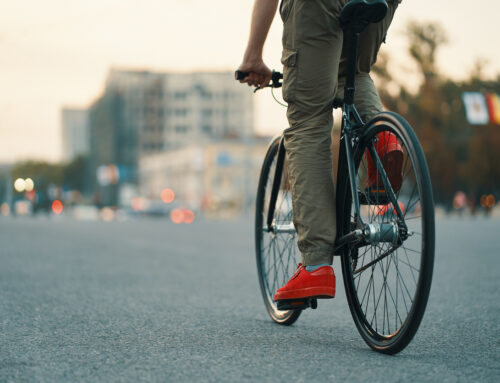
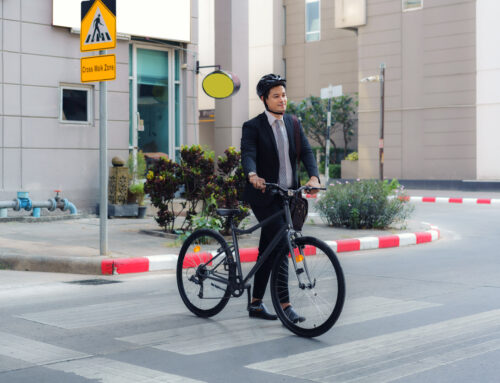
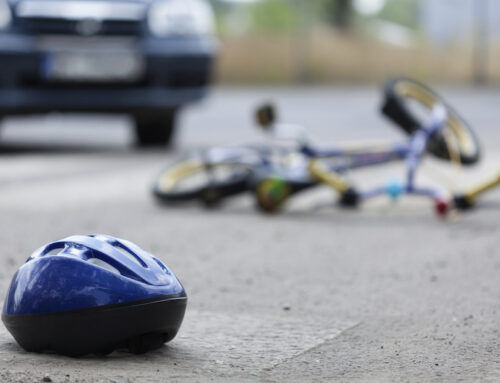

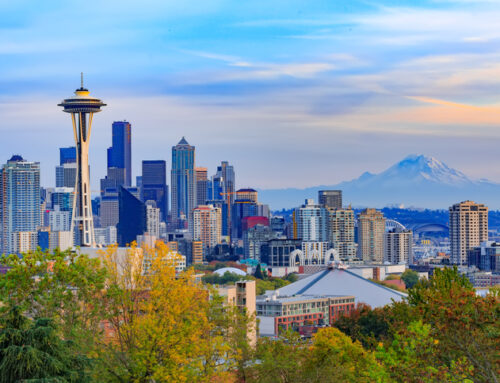
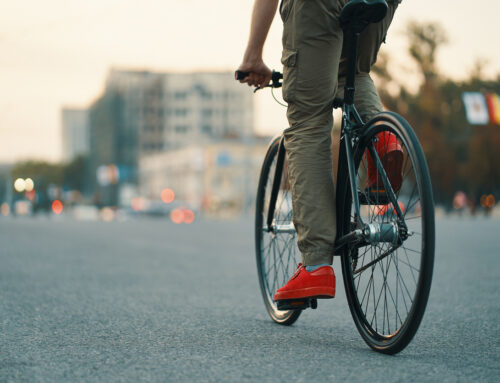
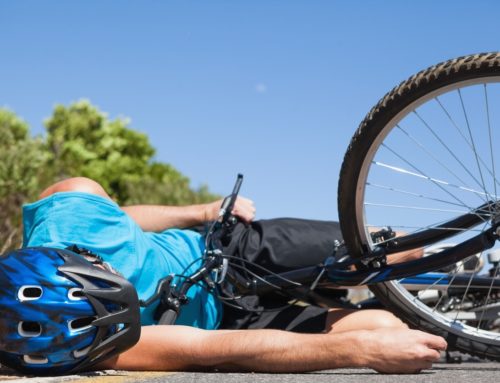
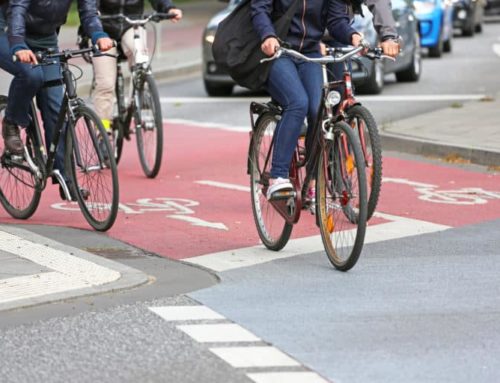
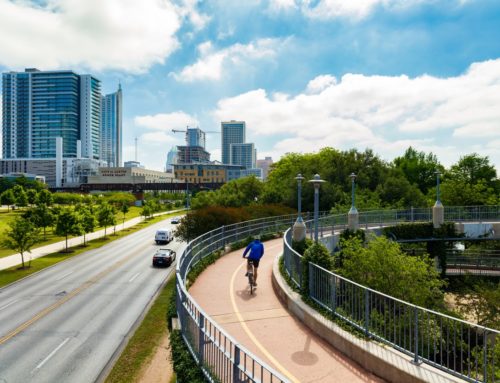

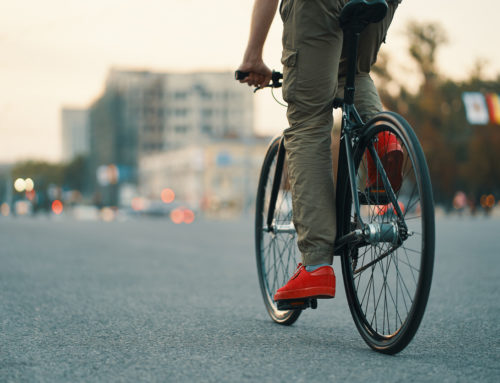
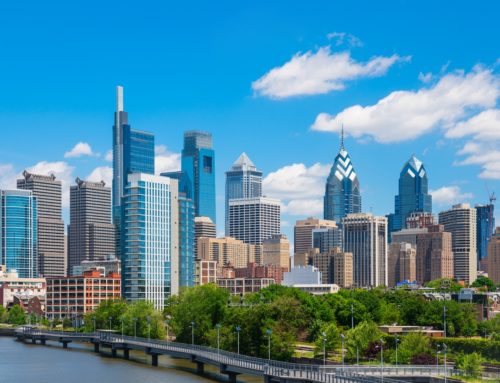

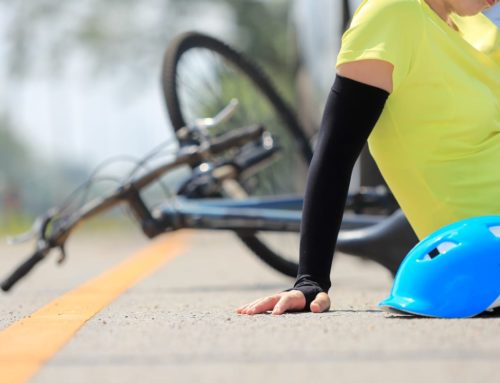
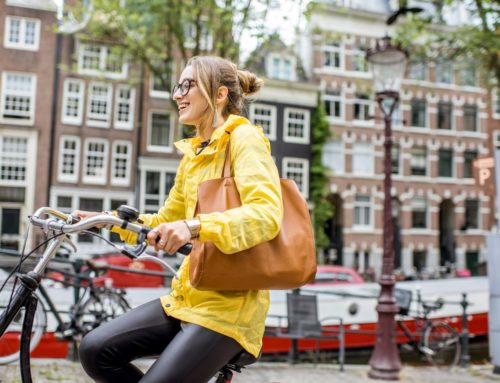
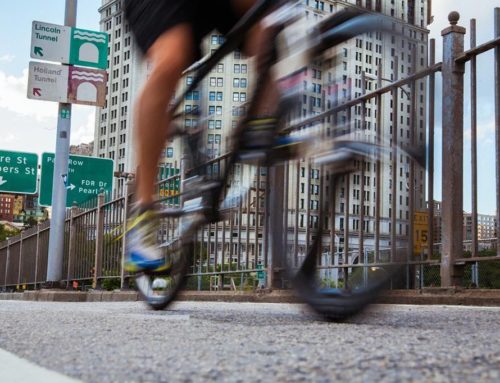
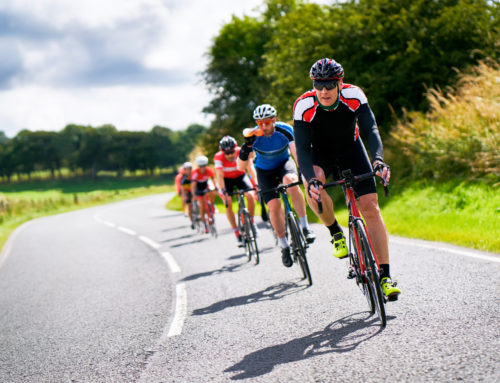
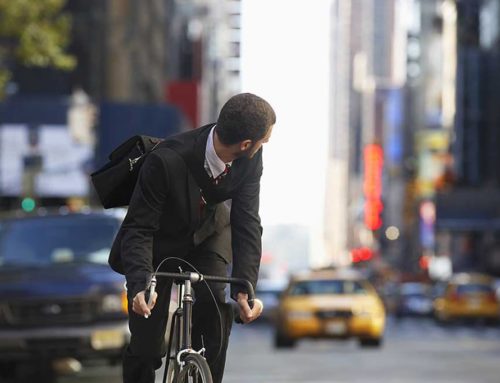
Leave A Comment